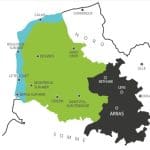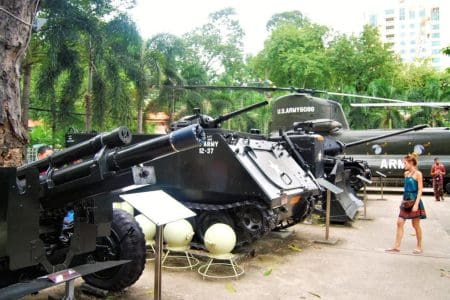Irene Caswell visits war graves in France to pay her respects to those who fell in both World Wars and finds the trip a deeply moving experience.
When I mentioned to friends and family that I was travelling to Northern France to visit the new Experience centre opened by the Commonwealth War Graves Commission near Beaurains, there were a few blank faces.
The sweeping landscapes of the Pas de-Calais department are lush and there are many pretty towns. To my surprise I found the experience of exploring the cemeteries and monuments a uniquely positive one. Visiting the sites is primarily an act of remembrance but I found that I came away with more than I had bargained for.
A staggering 1.7 million men and women of the Commonwealth died in the two World Wars.
After a few days the sight of an unimaginable number of graves, all beautifully maintained, the remarkable architecture and the peaceful locations had transmuted a collective sense of gratitude into something more personal.
Below are the top sites to visit war graves in France, Pas de-Calais region.
Commonwealth War Graves Commission Experience
A staggering 1.7 million men and women of the Commonwealth died in the two World Wars. Each year, there are almost 40 remains discovered, and it is estimated it would take an incredible 4,300 years to find all the missing.
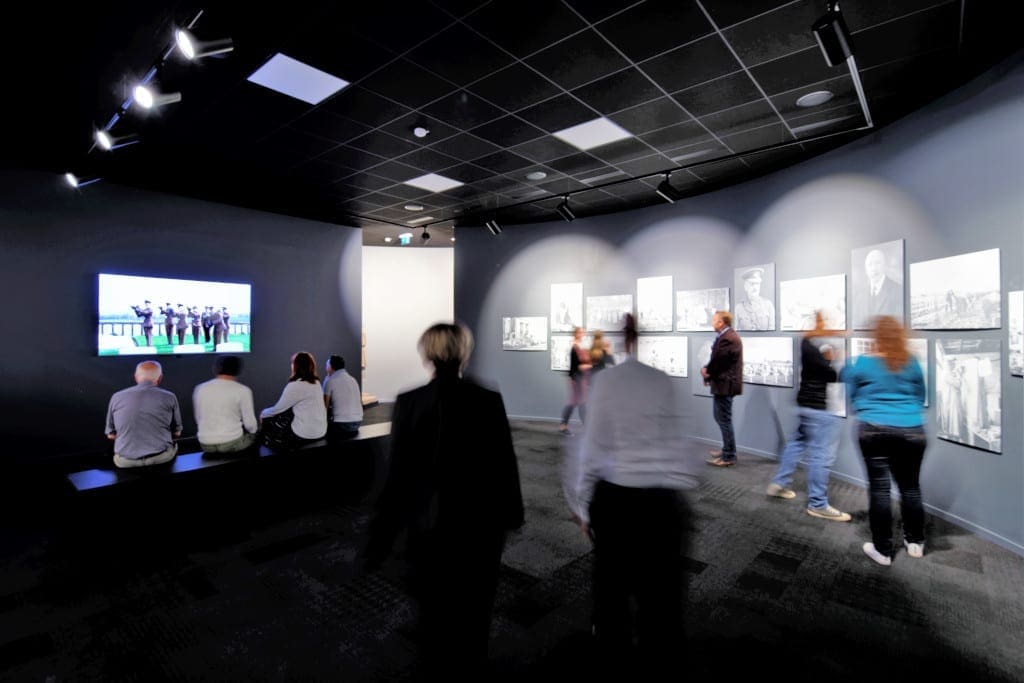
The new CWGC Experience centre near Beaurains was recently opened by HRH The Princes Royal. Whilst more people than ever are visiting the war graves not many are aware of the people and the stories behind-the-scenes involved in recovery and reburial, and the maintenance of the cemeteries, from carpenters and gardeners and recovery teams to stonemasons.
Many of the WWI cemeteries and memorials were designed to a high standard by 20th century architectural giant, Sir Edwin Lutyens. For the first time, glass walls allow visitors at the centre to view the craftspeople involved in preserving these historic sites. Visitors are able to discover how 21st technology is used to carve the iconic headstones and craft regimental badges and take a peek inside woodwork and garden machinery repairs areas. In the galleries, displays and screens illustrate how remains continue to be recovered, identified and reburied.
The centre not only focuses on the Western Front but also shines a light on the Commonwealth War Graves Commission’s responsibilities in diverse sites across Africa, Asia, Australasia, Eastern Europe and the Americas without distinction on account of race, religion or status. In addition it holds and updates an extensive and accessible records archive also available online.

Béthune and the British
During the First World War, Béthune was very much a British town with a steady flow of Commonwealth soldiers either quartered there or on leave. Hospitals were set up to treat the wounded from the front just 10 miles away. During the German offensive on Lys on 9 April 1918 around 70,000 shells destroyed 90% of the town. Remarkably the 47m high Belfry tower survived despite severe cracks and missing its top section.
The town of Béthune was reconstructed in the 1920s and includes the stunning townhouses around the square. Designed by architect, Jacques Alleman, these feature high gables with charming ornamental reliefs, combining Art Deco and regionalist styles.
The Belfry is the last remaining building of the medieval period dating from 1388. It is one of a group of 56 Belfries in Belgium and France, historical buildings that are designated by UNESCO as World Heritage Sites. Access is by arrangement and there are 133 steps to climb to the rampart, used by a sentryman as late as 1918.
Here you can see the four large dials which tell the time, and appreciate the panoramic views. There are four floors so you can still admire the scenery in stages if you do not have a good head for heights. The 35 bells are located on the third floor and they chime a different melody each quarter hour.
We rounded-off our afternoon in Béthune with afternoon tea at the friendly local boulangerie Lecocq, where we sampled regional specialties including a marvellous chocolate and meringue miniature cakes aptly named ‘Merveilleux’.
International Memorial’ 14-18 Notre-Dame-de-Lorette
I am cheating a little on numbers here as this site actually features three distinctive memorials dedicated to the First World War.
The rows of white crosses stretch into the distance as a reminder of the area’s bloody past watched over by the basilica
The National Necropolis of Notre-Dame-de-Lorette
Also known as the Ablain St. Nazaire French Military Cemetery, this is the largest of its kind in the world. At the top of the Notre-Dame-de-Lorette hill at Souchez stands the ornate Basilica Notre-Dame-de-Lorette.
Created shortly after the conflict by the French State there are 20,000 individual tombs and a further 22,970 soldiers placed in eight ossuaries. Visitors can walk past them to pay their respects although complete silence is required.
Soldiers who fell in the Artois region, as well as French and Belgian Flanders are interred here. And the Honour Guards stand sentry still today.
The ground was strategically important during the First World War and the focus for three battles. The rows of white crosses stretch into the distance as a reminder of the area’s bloody past watched over by the basilica. A light beam from the top of the Lamp Tower is visible from afar. Both monuments were designed by architect Louis-Marie Cordonnier.
Mémorial 14-18 Visitor Centre
Another astonishing piece of architecture, designed by Pierre-Louis Faloci and situated at the foot of the Lorette hill, is the Mémorial 14-18 Visitor Centre. Nestled amongst the battlefields the sleek black concrete and glass building makes a bold impression on the landscape. The dark cubes were created to echo the defence blockhouses, or fortifications, constructed in World War I.
The museum’s collection has been curated by an international research committee from France, Belgium, Germany and England and led by historian and author, Yves Le Maner.
There are seven sections featuring objects, over 300 large scale photographs (official and those taken by soldiers) and video footage from the period. The displays explore trench warfare in Northern France under occupation, death on the front lines and more. With the help of 21st technology, animated maps allow visitors to discover the extent of the conflict on the region’s towns and countryside, and the reconstruction.
The Ring of Remembrance
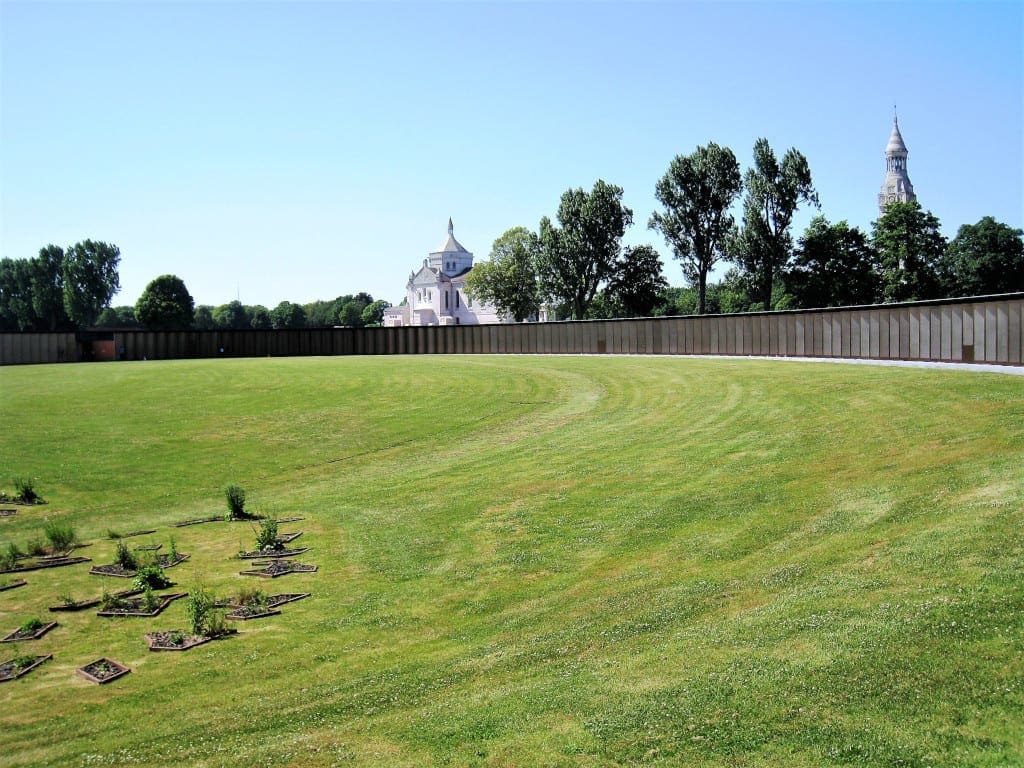
This breathtaking structure, designed by Philippe Prost and inaugurated in November 2014, is architecturally awesome.
The Ring of Remembrance World War I memorial in Ablain-Saint-Nazaire straddles the landscape and reflects the bright sun like a beacon. There are almost 580,000 names engraved in alphabetical order and without rank. These are the men and women of 40 different nationalities who died at Nord-Pas-de-Calais. I was stunned to discover 10 ‘Caswells’ including a great uncle on my father’s side. Between the sections visitors had left little mementos, a poppy or a note, as a physical act of remembrance.
The Ring is located in stunning rural countryside. The peace is broken only by birdsong which seems significant and wholly welcome.
Canadian War Memorial France

This incredible memorial stands out not only because of its size and raised location but also due to the light stone which can be seen for miles. As you walk towards it, the stones grow incrementally until you arrive at its base where it dominates the space.
The Canadian National Vimy Memorial pays tribute to the 11,285 Canadian soldiers reported missing in World War I. The panoramic landscape from high on the ridge, combined with the astounding beauty of the architecture, evokes a powerful emotional response.
At Vimy Ridge you will also find tunnels, preserved trenches and a new Visitor Centre telling the stories of how Canadian soldiers, united for the very first time, succeeded in taking and defending the position during the Battle of Arras. It also tells the heart-warming stories of some survivors and their lives since.
La Maison Blanche German Cemetery
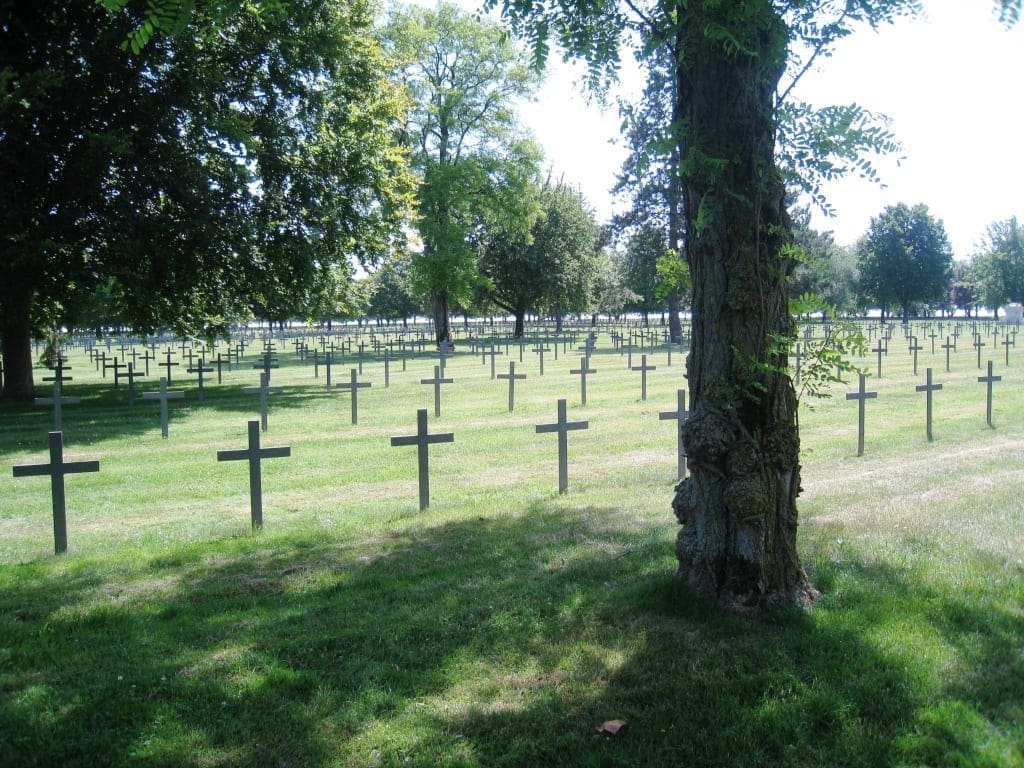
In contrast to the Commonwealth War Graves Commission war graves, devoid of flowers and with plainly engraved stones La Maison Blanche German Cemetery has a more simplistic layout. Located at Neuville-Saint-Vaast it is the largest German war cemetery in France and the final resting place for 44,833 German soldiers of which 8,040 were never identified.
The mass graves are marked with huge plain crosses made of heavy black slate which make a striking statement. And yet, amongst the many varieties of trees there was a wild cherry tree, heavy with luscious red summer fruits.
Touring the battlefields of the Pas-De-Calais brings you up close and personal with the tragedy of war. As a result I left with a strong sense that in the face of this level of loss and sacrifice, how can you not live life to its fullest? What a legacy.
War Graves in France Photo Gallery
Eurostar to Lille
Possibly the best way to travel to Northern France from London is to take the Eurostar to Lille from London St Pancras. It takes just 90 minutes.
Hotels Arras
I stayed at Arras between Lille and Bethune. The town is famous for its two twin squares showcasing the stunning 18th century houses. Here you will also find the magnificent Town Hall, home to the tourist centre, where you can climb the belfry. On the outside is an engraved plaque commemorating Resistance fighters from Arras in 1940.
The Mercure Arras Centre Gare Hotel furnished in contemporary style, is extremely comfortable and is located a short walk from the town squares.
If you are looking to book accommodation in the region, enter your dates in our flight and hotel comparison engine to search hundreds of sites for the best deals:
Click to search for hotels with AgodaRestaurants Arras
Le Cave de Saveurs at Arras is popular for its steak and French fries and offers a fixed price menu.
Arras Artisan Beer

Arras is well known for its artisan beer making industry. Drink a local beer or two at Chez Marcel located in the main square where I tried a local biologique ‘Terroir Arras’ honey beer, which literally tasted like nectar.
At Page 24 Brewery enthusiastic brewer, Stéphane Bogaert, entertains visitors with the story of how he gave up his day job and learnt to brew. After a short tour you can try some of the great artisan beers in the rustic bar area.
Visiting War Graves in France
The Pas de Calais tourism eebsite is the place to start planning your war graves northern France trip .
A good way to explore Bethune is on a 4km walking tour. There is a free English guide available at the tourist office or to download from Remembrance Trails of Northern France.
For further information on the Commonwealth War Graves Commission, visit: www.cwgc.org. Cover image: Anneau de la memoire © Y CADART and background photo by Andy Spencer.




